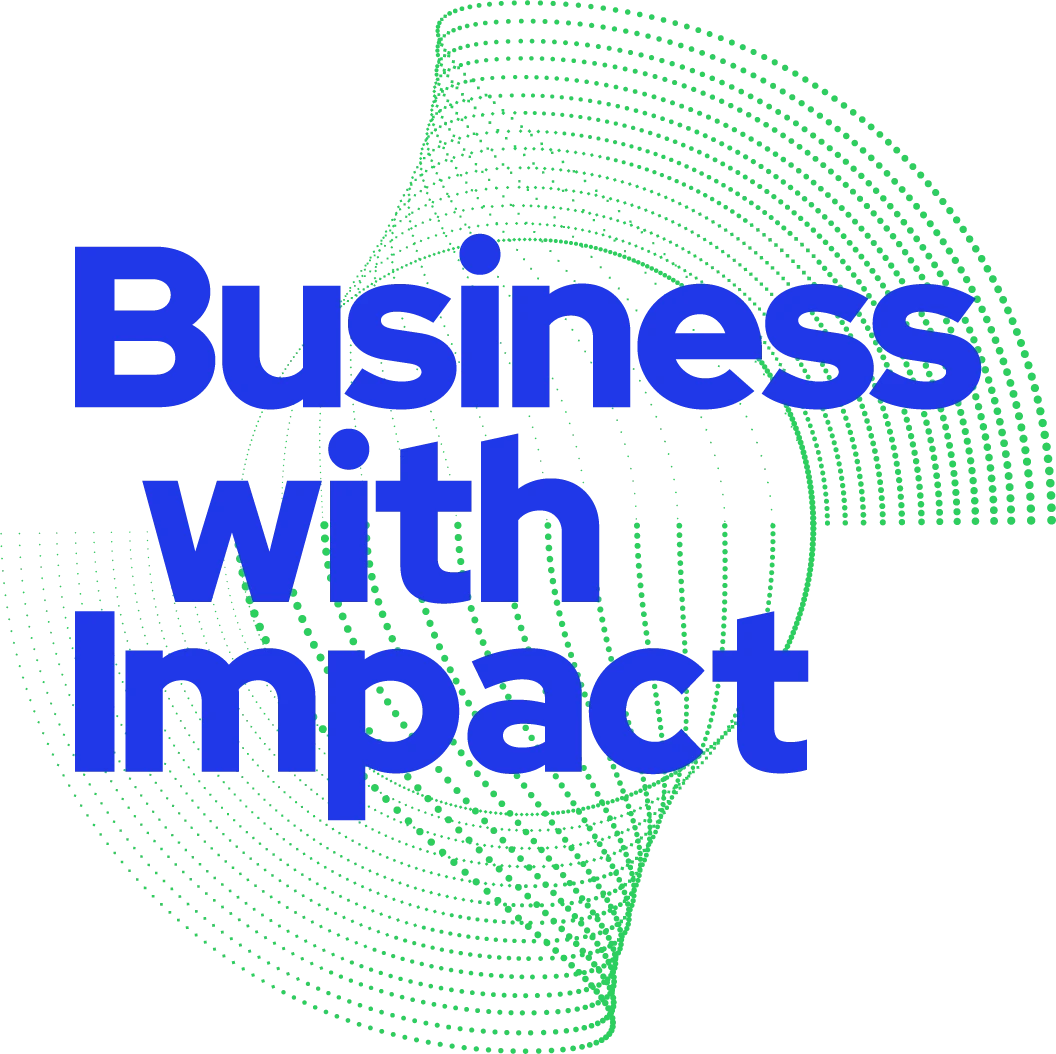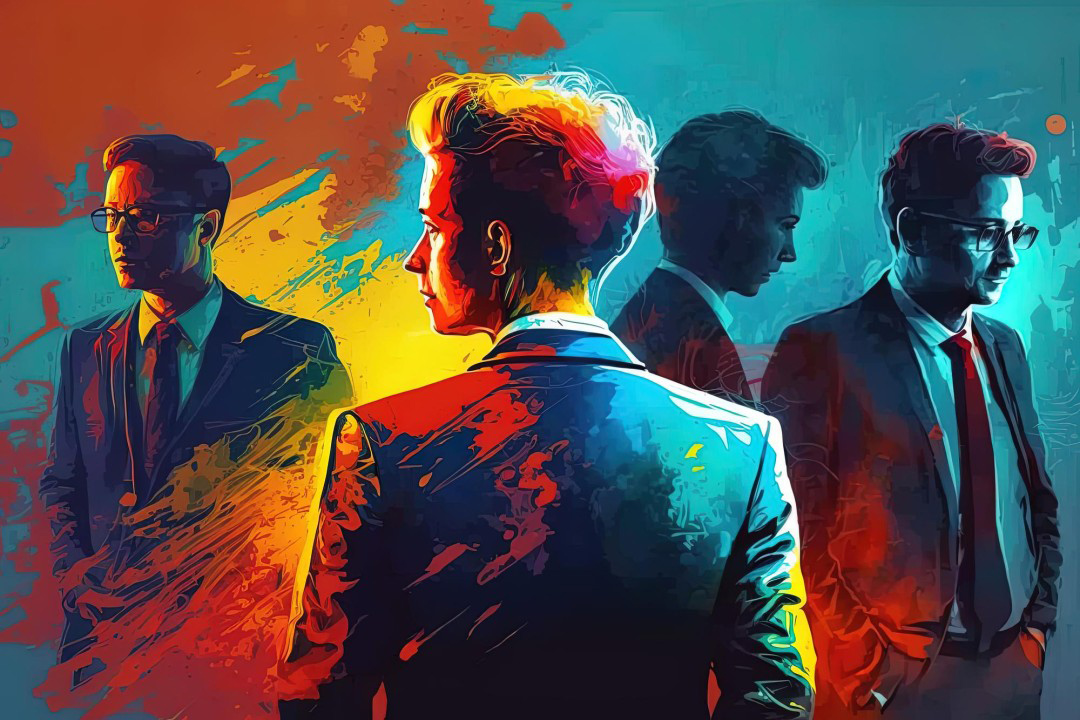It is a challenging time and one of the key things that is pushing the business world is the whole sustainability/ESG-agenda. I see that CEO’s can be segmented into four categories based on their response to the increasing sustainability-related crisis. Each has its strengths, weaknesses, opportunities, and threads. What kind of leader are you?
In this article, I will introduce the four types and share a bit of some of the elements in a SWOT for each type. I am currently surveying to get stronger data about the different types to better create content that addresses their situation.
The 4 Types
I meet the four types everywhere. I media, amongst my clients (only the first three), to conferences etc. I am sure you will recognize them as well – both in yourself, your peers, and the world around you.
The Visionary: Represents leaders who are committed to transitioning their company for personal reasons. They are driven by a deep sense of personal responsibility and ethical conviction towards sustainability, viewing it as integral to their life’s work and personal legacy.
The Strategic: These leaders transition their company for strategic reasons. They recognize the long-term business benefits and competitive advantage of sustainability, integrating it into their business strategy to drive innovation, efficiency, and market leadership. It is about future-proofing the business.
The Seeker: This archetype embodies leaders who are committed to change but are uncertain about the extent and implications. They have decided it is time to do more about sustainability and will act but are still exploring its meaning and scope for their business, and the exact path and methods are still being formulated.
The Traditionalist: These leaders are not committed to making changes towards sustainability. They prefer to stick to conventional business practices and are skeptical or indifferent about integrating sustainability, often due to perceived costs, disruption, or skepticism about its relevance for their business.
In the following, I will unfold each archetype through the SWAT model to give you some clarity on some of their Strength, Weaknesses, Opportunities and Threats. There is obviously more to a SWAT than this article leaves room to share, but I expect this will give you a good start to the four archetypes.
The Visionary
We must transition our society and business as it so out of balance. I can’t accept that these are the conditions we are handing over to our kids and the kids of the world.
This could be a statement from a typical Visionary and shows how this is a personal drive for them and a cause in life. They live a life with great consideration for the environment and the gap between their personal life and their professional life represents a pain they want to remove.
Strengths:
- Personal Commitment to Sustainability: Their deep personal conviction towards sustainability often results in authentic, passionate advocacy that can inspire stakeholders and drive genuine change. It also represents a huge source of fuel to go the distance; also when it gets tough.
- Long-term Vision: Visionaries tend to think long-term, integrating sustainability into the core business and turning the company into a force for good, which will be a significant market differentiator.
Weaknesses:
- Risk of Misalignment with Current Market or Organizational Needs: Their forward-thinking approach may sometimes be too advanced, potentially missing immediate market needs or customer expectations. The same goes for needs within their organization.
- Potential for Resource Overcommitment: Personal commitment might lead to over-investing in sustainability initiatives over other needed investments in the business, impacting short-term profitability.
Opportunities:
- Leading the Sustainability Trend: By being at the forefront and integrating sustainability into the core business, they can grow a thriving innovative and more resource-efficient business and establish their brand as a leader in sustainability, attracting customers and talent who value these principles.
- Partnerships and Collaborations: Their commitment can open doors for partnerships with other sustainability-focused businesses and organizations, enhancing business results, brand value and impact.
Threats:
- Market Uncertainty: Being on an innovation journey to create products to satisfy a need in the market that is not fully established can challenge the sustainability-focused business strategies of visionary leaders.
- Burning out: When driven by such a personal quest it can blind the leader from the high pressure of developing tomorrow’s winning business while also continuing to deliver business results with the current business.
Visionary leaders’ deep personal commitment to sustainability shapes their business strategy, priorities and operations, and highly impacts everything they put their mind into.
The Strategic
The future belongs to companies that contribute to the greater good. We must transition out of the old way of doing business and I believe it will make us more profitable and that it will deliver personal satisfaction on top.
This could be a statement from The Strategic and it shows how it is a deliberate strategic position that they are going for.
Strengths:
- Innovation and Efficiency: Their strategic approach to sustainability fosters a business development approach putting innovation and efficiency at the center, leading to the development of new products and services that meet customer needs sustainably.
- Market Leadership: By embedding sustainability into their core business strategy, they position their company as a market leader in sustainable practices.
Weaknesses:
- Balancing current and future business success: The challenge of integrating sustainability into the core business can be significant and will continue to be rivalling for resources to current problems. Current strategic issues might divert the focus away from the long-term strategic vision of becoming a force for good business.
- Risk of Misalignment with Current Capabilities: There’s a possibility that the strategic focus on sustainability might outpace the company’s current capabilities or resources, leading to overextension.
Opportunities:
- Competitive Advantage: A strategic focus on integrating sustainability into the core business can increase efficiency, drive innovation, reduce cost and differentiate the business in the marketplace, attracting environmentally conscious customers and partners.
- Long-term Business Benefits: Developing the company to become a force for good will lead to long-term business benefits attracting the best talent, partners and clients.
Threats:
- Rapid Market Changes: The pace of change in both technology and customer preferences can challenge the implementation of the sustainable business transformation strategies.
- Missing authenticity: When they need to convince people to join the journey they might come across as opportunistic and less authentic as their own personal commitment is less solid than for The Visionary.
Leaders in this archetype understand the long-term value of sustainability and strategically integrate it into their business operations, balancing innovation, efficiency, and market leadership against potential challenges.
The Seeker
It is time to up our game on sustainability and do more. Not sure what it will take us, but the market is moving, regulation will increasingly push for it and our employees are starting to request it.
This could be a classic Seeker statement and you clearly see how it is a matter for things stacking up and leading to the decision to act.
Strengths:
- Adaptability: Seekers are open to exploring new ideas and adapting their strategies as they are still in the phase of figuring out what to do, which makes them flexible and responsive to changes.
- Learning Orientation: Their commitment to learning and understanding sustainability can lead to swift action once they figure out what to do, how far they want to go and how.
Weaknesses:
- Indecision: The uncertainty about the extent and implications of sustainability initiatives can lead to indecision or delayed action.
- Lack of Clear Direction: Without a clear path, their sustainability efforts might lack focus, making it challenging to achieve significant impact and significant business value.
Opportunities:
- Collaboration and Networking: By engaging with experts, stakeholders, and sustainability networks, Seekers can gain insights and develop more robust strategies. Because they have decided to act, they will be ahead of many of their competitors, and this will most likely offer them a competitive advantage
- Incremental Progress: Their approach allows for incremental implementation, which can be more manageable and less disruptive.
Threats:
- Rapidly Evolving Sustainability Landscape: The fast pace of change in sustainability trends and practices may outpace their learning curve.
- Stakeholder Pressure: Stakeholders might demand quicker or more decisive action on sustainability, potentially leading to tension or dissatisfaction.
The Seeker archetype’s openness and willingness to learn are key assets in navigating the complexities of sustainability, though their cautious approach may require balancing with the need for timely action.
The Traditionalist
We don’t get any requests from our customers to create sustainable products. We comply with all regulations and if the market starts to want more and are ready to pay for it, we will move on it.
This could be a statement from The Traditionalist and you can see that they don’t see it as a business opportunity and are focusing on what is legally required of them.
Strengths:
- Stability and Predictability: Traditionalists often maintain current stable business practices, providing predictability in operations and financial planning.
- Proven Business Models: Their adherence to conventional practices means they rely on business models that have historically proven successful.
Weaknesses:
- Resistance to Innovation: Their skepticism towards sustainability can lead to a lack of innovation, potentially making them less competitive in evolving markets.
- Limited Appeal to Environmentally Conscious Stakeholders: Their indifference to sustainability may alienate customers, employees, and partners who prioritize environmental responsibility.
Opportunities:
- Cost Management: By not investing in sustainability initiatives, they might initially save costs and focus on traditional growth strategies.
- Targeting Traditional Markets: There remains a segment of the market that prefers traditional products and services, which these leaders can effectively serve.
Threats:
- Regulatory Risks: Increasing environmental regulations can pose a significant risk to businesses that do not adopt sustainable practices.
- Reputational and Operational Risks: As public awareness and concern for sustainability grow, businesses that do not adapt may suffer reputational damage. And not utilizing the power of sustainability means that they will most likely miss opportunities to reduce costs and boost employer engagement and innovation.
The Traditionalist leadership style, while offering stability and adherence to proven methods, faces significant challenges in adapting to the growing trend of sustainability in business.
Your type?
As you can see each archetype has different conditions for succeeding in the business world of today and tomorrow.
- What archetype do you feel matches you best?
- How do “your” Strengths, Weaknesses, Opportunities and Threats impact your business and leadership style?
- Would you want to grow into another archetype that you are today?
- What could it do for your business if you did?
These are questions I would recommend reflecting a bit on.
Can I ask a favour?
We are running a simple survey to qualify the insights into the different archetypes and would be grateful if you would take part in our 30-second Sustainability Leadership Survey. As a token of our appreciation, you will receive:
- A free copy of my bestselling book
- A copy of the survey report so you can benchmark your answers against your peers.
- And we’ll plant a tree on your behalf, making the planet a greener place.
You find the short survey here.
Thank you.
Jasper




